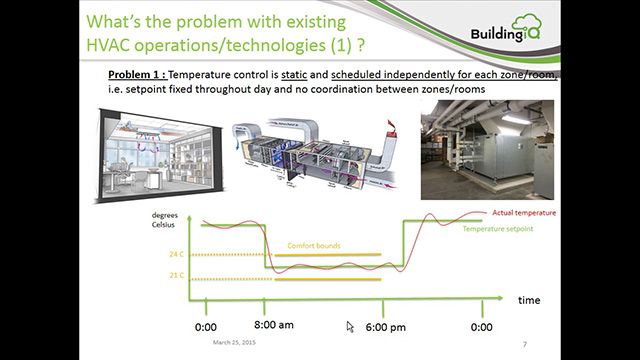Producing Green Hydrogen with Renewable Energy Powering Hydrolysis
In a green hydrogen production system, electric power harvested from renewable energy sources (such as wind and solar) is converted into hydrogen gas through electrolysis, with the excess energy stored in an energy storage system.
Modeling and simulation of a green hydrogen production system enables engineers to optimize component configurations and system performance. A high-fidelity model captures complex physical behaviors of the component and informs component sizing. A medium-fidelity model enables fast simulations, multi-domain integration, and grid-connection studies.
Watch how Simulink® and Simscape™ are used to:
- Create models of a green hydrogen production system from Simscape blocks with different levels of fidelity
- Perform detailed design and analysis on components, such as the electrolyzer, the battery system, and the power converter unit, with a high-fidelity model
- Conduct system-level performance evaluation by running simulations and assessing key operational metrics, such as the level of hydrogen production and water consumption, with a medium-fidelity model
- Study system operations in standalone mode or in grid-connected mode
- Fine-tune control algorithms, adjust energy storage dimensioning, and plan for maintenance and operational cycles based on system-level simulations
Juan Sagarduy is a senior application engineer in the control design and automation field. His specific focus is physical multidomain modeling and simulation. In his role, Juan provides technical expertise for successful adoption of plant modeling tools (Simscape platform) for model-based development. In recent years, he has led several initiatives within electrification for the Nordic region. Before joining MathWorks in 2011, Juan worked at ABB Corporate Research Center (Västerås, Sweden) in electrical machines and motion control projects. Juan holds an MS degree in industrial engineering (Bilbao, Spain) and a PhD in electrical engineering.
Published: 13 Sep 2022





